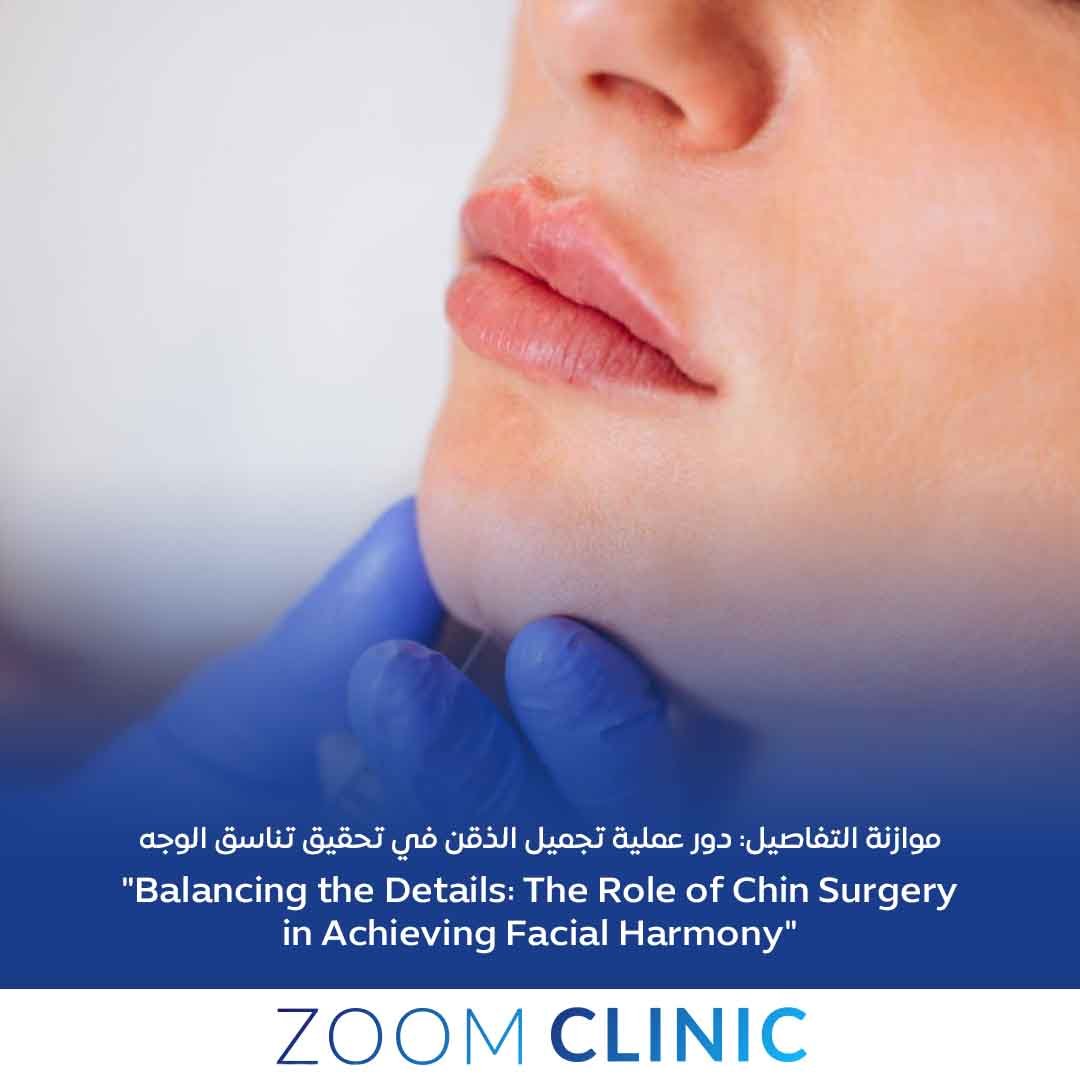Genioplasty, or chin surgery, plays a vital role in achieving facial symmetry, particularly highlighting the role of genioplasty in facial symmetry. By addressing chin asymmetries—such as recessed, overly prominent, or misaligned chins—this procedure ensures a balanced facial appearance. In this article, we explore the Role of Genioplasty in Facial Symmetry, the different surgical options, the process, and recovery insights.
Table of content
Key Takeaways
- Genioplasty is a surgical procedure designed to enhance chin size, shape, and position to improve facial symmetry and harmony.
- Different types of genioplasty, including sliding genioplasty, chin implants, and osseous genioplasty, offer tailored solutions for various chin concerns.
- The recovery process requires careful post-operative care and adherence to guidelines to ensure optimal healing and satisfaction with the results.
Understanding Genioplasty and Its Importance
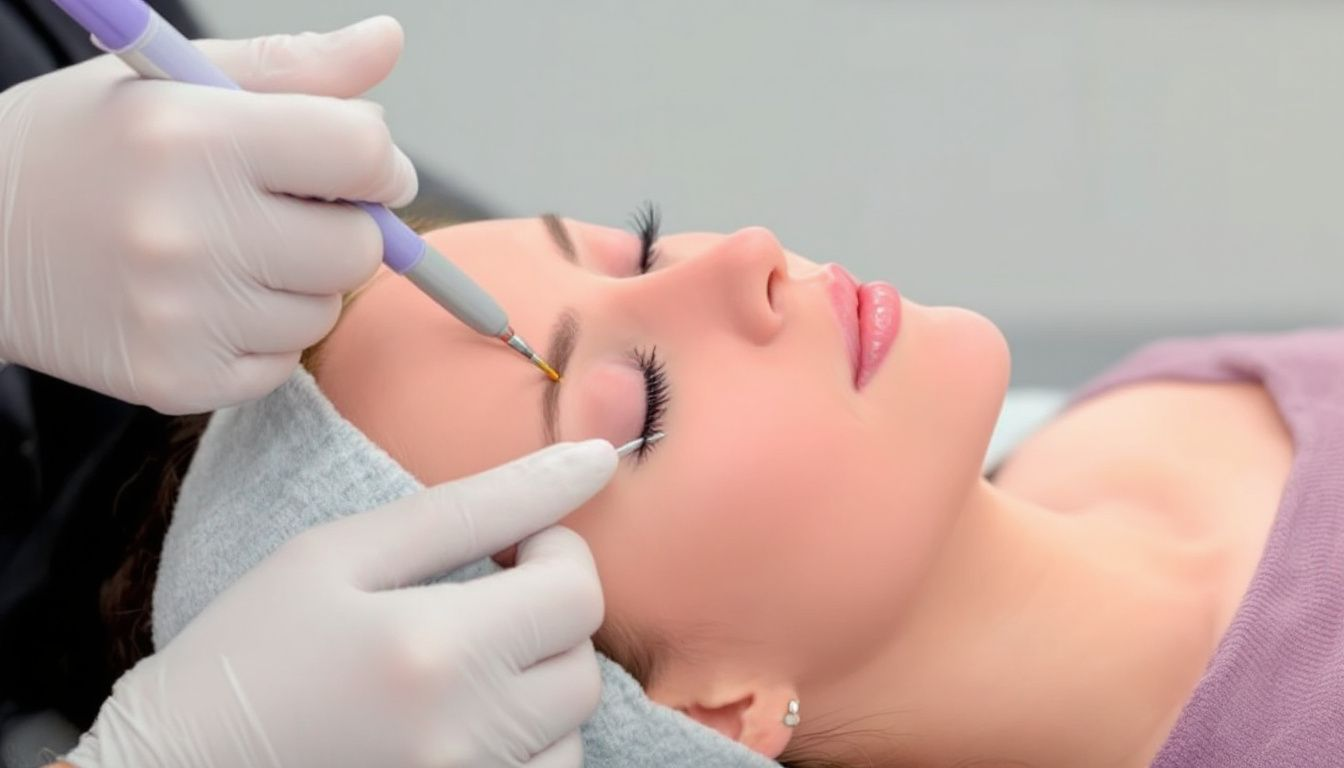
Genioplasty chin surgery is a surgical procedure aimed at enhancing the size, shape, and position of the chin to create better facial harmony. The chin, often underestimated, plays a significant role in creating facial symmetry and balance. When the chin is proportionate, it complements other facial features, contributing to a harmonious overall appearance.
One of the main goals of genioplasty is to correct chin abnormalities that disrupt this harmony. Whether it’s a recessed chin, an overly prominent chin, or asymmetry, genioplasty addresses these issues, enhancing the overall aesthetic of the face. Reshaping or repositioning the chin helps align it with other facial features, resulting in a balanced profile.
Beyond mere aesthetic appeal, genioplasty offers a permanent solution for correcting chin deficiencies. Unlike temporary fillers, this surgical intervention provides long-lasting results, making it a crucial option for those seeking a definitive enhancement to their facial structure.
How Genioplasty Enhances Facial Symmetry
The role of genioplasty in enhancing facial symmetry cannot be overstated. Improving the projection and shape of the chin through genioplasty significantly impacts the overall balance of facial features. For instance, enhancing chin projection can reduce the prominence of other features, such as the nose, contributing to a more balanced appearance.
Genioplasty is particularly effective in addressing chin asymmetry, which can be a significant factor in facial imbalance. During the procedure, the chin bone is repositioned to correct any asymmetries, enhancing overall facial symmetry. This adjustment is not only aesthetic but can also improve the functionality of the jaw when combined with orthognathic surgery.
Combining genioplasty with other procedures, such as corrective jaw surgery, can address bony asymmetries and improve overall facial balance. This comprehensive approach ensures that all aspects of facial structure are considered, leading to a more harmonious facial profile.
Types of Genioplasty Procedures
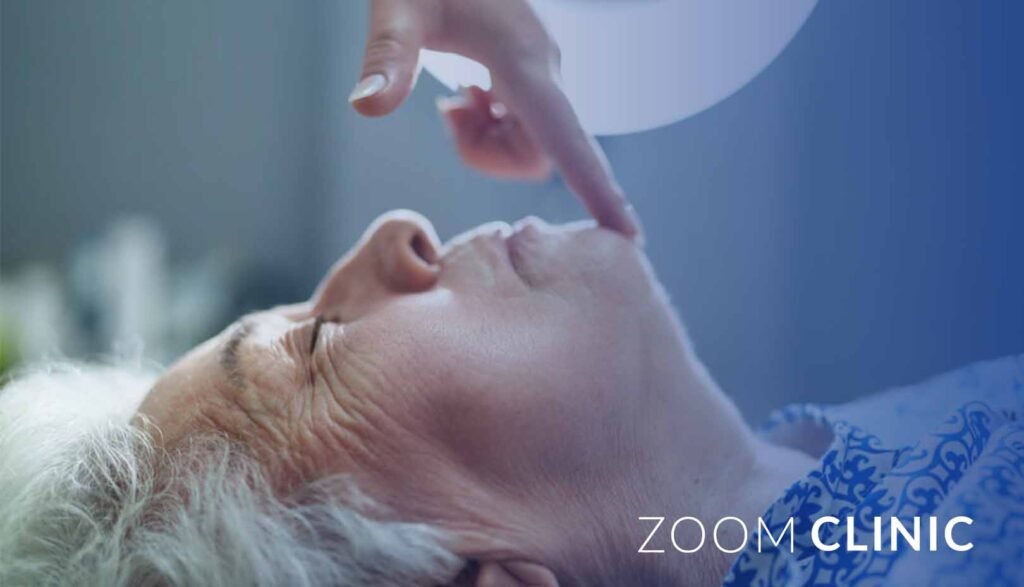
Genioplasty encompasses various procedures, each tailored to address specific chin-related concerns and enhance facial harmony. The primary types of genioplasty procedures include sliding genioplasty, chin implants, and osseous genioplasty. Each type offers unique benefits and involves precise surgical techniques to achieve desired outcomes.
Sliding genioplasty is a surgical procedure designed to move the chin bone forward or backward, significantly enhancing chin projection. This procedure involves making a horizontal incision inside the mouth, cutting the chin bone, and repositioning it to the desired location.
On the other hand, chin implants involve using alloplastic materials to augment the chin’s projection and improve facial aesthetics. These implants are ideal for individuals with a recessed or narrow chin, providing a non-bone-cutting alternative to chin augmentation.
Lastly, osseous genioplasty focuses on reshaping the chin bone itself to enhance the overall aesthetic balance and symmetry of the face.
Sliding Genioplasty
Sliding genioplasty is a surgical technique designed to modify the position of the chin bone. During the procedure, a horizontal incision is made inside the mouth to access the chin bone. The bone is then carefully cut and repositioned to achieve the desired projection, either forward or backward, depending on the patient’s needs.
This procedure is particularly beneficial for those looking to enhance chin projection without the use of implants. Utilizing the patient’s natural bone in sliding genioplasty achieves a more natural and harmonious facial appearance.
Chin Implants
Chin implants are a popular choice for individuals with a receding chin or those seeking to improve their chin’s projection and overall facial aesthetics.
These implants are made from various materials, including:
- Silastic
- High-density porous polyethylene
- Mesh materials
- Expanded polytetrafluoroethylene
Each material offers unique benefits, such as being nonallergenic, minimally reactive, and allowing for fibrous tissue ingrowth.
The procedure involves making a small incision, often beneath the chin or inside the mouth, to place the implant securely. This method enhances the chin’s projection, creating a well-defined chin and balanced lower face.
Osseous Genioplasty
Osseous genioplasty is a surgical procedure that reshapes the chin bone to enhance aesthetic balance and symmetry. This procedure involves precise cutting and repositioning of the chin bone to meet specific aesthetic goals.
Directly modifying the chin bone with osseous genioplasty allows patients to achieve a more natural and harmonious facial appearance. This technique is ideal for those seeking a permanent solution to chin deficiencies without the use of implants.
The Surgical Process: What to Expect
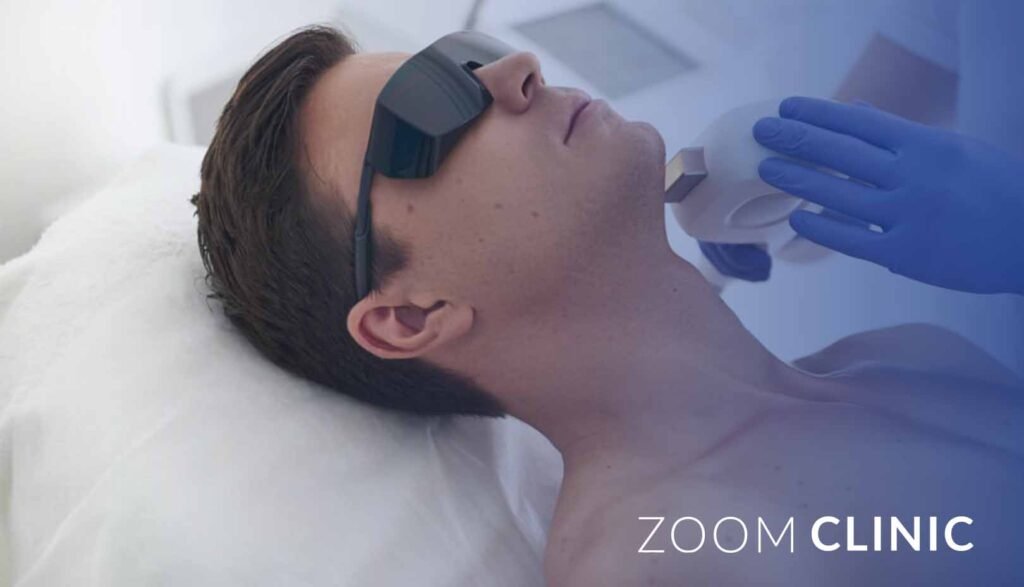
Undergoing genioplasty involves several steps, starting with a thorough preoperative assessment. This includes reviewing the patient’s medical history and taking diagnostic imaging, such as X-rays and CT scans, to plan the surgical procedure. Patients are typically required to refrain from solid foods for 6-8 hours before the surgery and can consume clear liquids up to 2 hours prior.
The surgical process itself usually involves administering general anesthesia to ensure patient comfort. Depending on the procedure’s complexity, the surgery can take around one hour, especially for surgical implant procedures. Post-operative care is crucial, with patients often spending about 2 nights in the hospital for monitoring after a sliding genioplasty.
After the surgery, patients are given detailed post-operative instructions to manage pain, swelling, and other recovery aspects. Avoiding heavy lifting and contact sports for several weeks is essential to protect the surgical area and ensure proper healing.
Patient Suitability for Genioplasty

Not everyone is an ideal candidate for genioplasty. Suitable candidates typically have chin deficiencies that disrupt facial symmetry and balance. Facial asymmetry may arise from genetics, developmental issues, trauma, or prior surgeries. A comprehensive assessment of chin dimensions and the position relative to the lips, teeth, and nose is crucial in determining suitability.
Contraindications include suboptimal vertical chin height and previous rejection of implanted material. Personalized chin augmentation aims to enhance chin definition and overall jawline aesthetics, boosting confidence and self-esteem.
Recovery and Post-Operative Care
Recovery and post-operative care are vital components of the genioplasty journey. Patients must avoid disturbing the surgical dressings and adhere to follow-up instructions for optimal healing. Managing pain and swelling, along with following specific dietary guidelines, are essential for a smooth recovery.
Complete recovery from chin surgery can take up to 3 months, with all swelling subsiding during this period. Follow-up appointments and personalized care ensure that patients achieve the best possible outcomes from their surgery.
Immediate Post-Surgery Care
Immediate post-surgery care involves managing discomfort and following detailed post-operative instructions. Prescribed pain medications are crucial for effective pain management. Maintaining a soft food diet minimizes pressure on the chin during the early recovery phase.
Patients are advised to keep their head elevated to reduce swelling and avoid disturbing the surgical dressings and stitches. Strict adherence to post-operative care instructions helps prevent complications and promotes healing.
Long-Term Recovery
The long-term recovery process includes follow-up appointments to monitor progress and address any concerns. Initial healing typically takes 3 to 5 days, with discomfort managed through prescribed pain medication.
Patients should avoid strenuous activities for 1-2 weeks to support healing, while swelling and bruising may persist for up to 2 weeks. Full recovery and the final appearance can take several months, with consistent care and monitoring.
Risks and Complications of Genioplasty
As with any surgical procedure, genioplasty carries potential risks and complications. Infection, bleeding, and issues with bone healing are some of the possible complications. Surgeons typically make a horizontal incision inside the mouth to conceal visible scarring.
To secure the repositioned bone, wires, plates, or screws may be used, contributing to the chin’s overall stability. Using an antibiotic solution during implant placement can reduce the risk of infection. Understanding the position of the mental nerve is crucial to avoid nerve damage during surgery.
Combining Genioplasty with Other Procedures
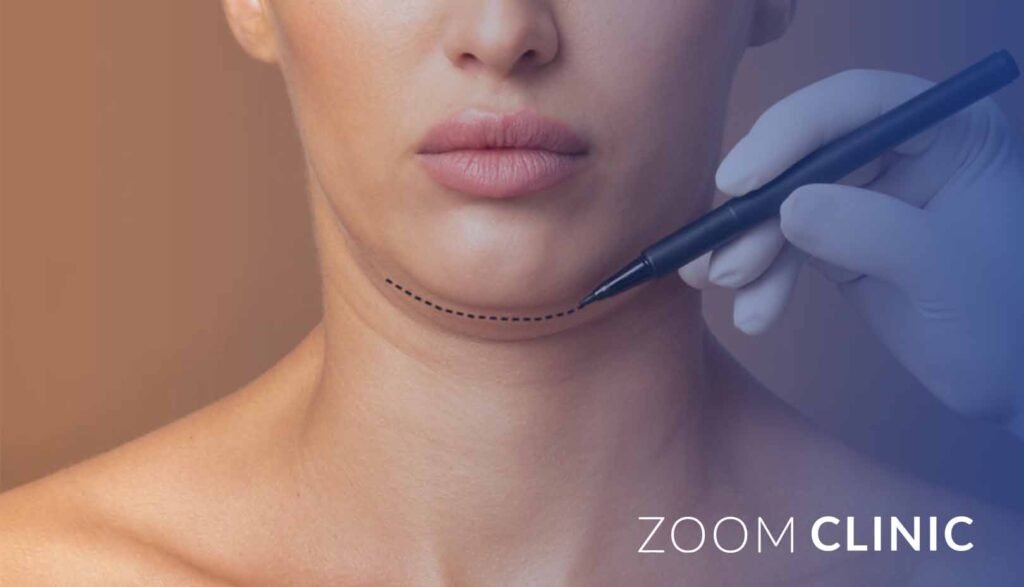
Combining genioplasty with other facial procedures can offer transformative results. Pairing chin augmentation with rhinoplasty, for instance, significantly enhances overall facial harmony. This approach ensures a balanced and aesthetically pleasing appearance by addressing multiple areas of concern simultaneously.
Integrating genioplasty with additional aesthetic procedures can improve facial symmetry and patient satisfaction. Advanced techniques and enhancing facial harmony are essential to achieve the best possible outcomes.
Achieving Natural-Looking Results with Genioplasty
Achieving natural-looking results with genioplasty involves a combination of personalized care and precise surgical techniques. Tailoring the procedure to individual aesthetic goals and facial anatomy allows surgeons to deliver results that look indistinguishable from a natural chin.
The final appearance of chin augmentation typically becomes evident about three months post-surgery. Long-term recovery includes managing scars and monitoring for any signs of infection or unusual changes, ensuring optimal results and a harmonious facial profile.
Summary
Genioplasty is a powerful tool in the realm of facial aesthetics, offering solutions for enhancing chin projection, correcting asymmetries, and achieving overall facial harmony. By understanding the various types of genioplasty procedures and the comprehensive care involved, patients can make informed decisions about their surgical options.
Embracing the journey of genioplasty can lead to transformative results, boosting confidence and self-esteem. Whether through sliding genioplasty, chin implants, or osseous genioplasty, the path to a balanced and harmonious facial profile is well within reach.
Get the special offer today from Zoom Clinic
Read Also:
Mini Facelift vs Full Facelift
Surgical Options for Treating Severe Acne Scars
Frequently Asked Questions
What is genioplasty?
Genioplasty is a surgical procedure that modifies the chin’s size, shape, and position to achieve better facial harmony and balance. It is a distinct approach to enhancing one’s facial aesthetics.
What are the different types of genioplasty procedures?
The different types of genioplasty procedures are sliding genioplasty, chin implants, and osseous genioplasty, each providing distinct advantages for enhancing the chin’s appearance.
How does genioplasty improve facial symmetry?
Genioplasty improves facial symmetry by correcting chin asymmetry and enhancing chin projection, which fosters overall facial balance and harmony.
What is the recovery process like after genioplasty?
The recovery process after genioplasty requires careful management of pain and swelling, along with strict adherence to dietary guidelines and post-operative care instructions to ensure optimal healing. Following these steps will facilitate a smoother recovery experience.
What are the risks and complications associated with genioplasty?
Genioplasty carries risks such as infection, bleeding, and complications related to bone healing, which can be effectively minimized through proper surgical techniques and diligent post-operative care.

